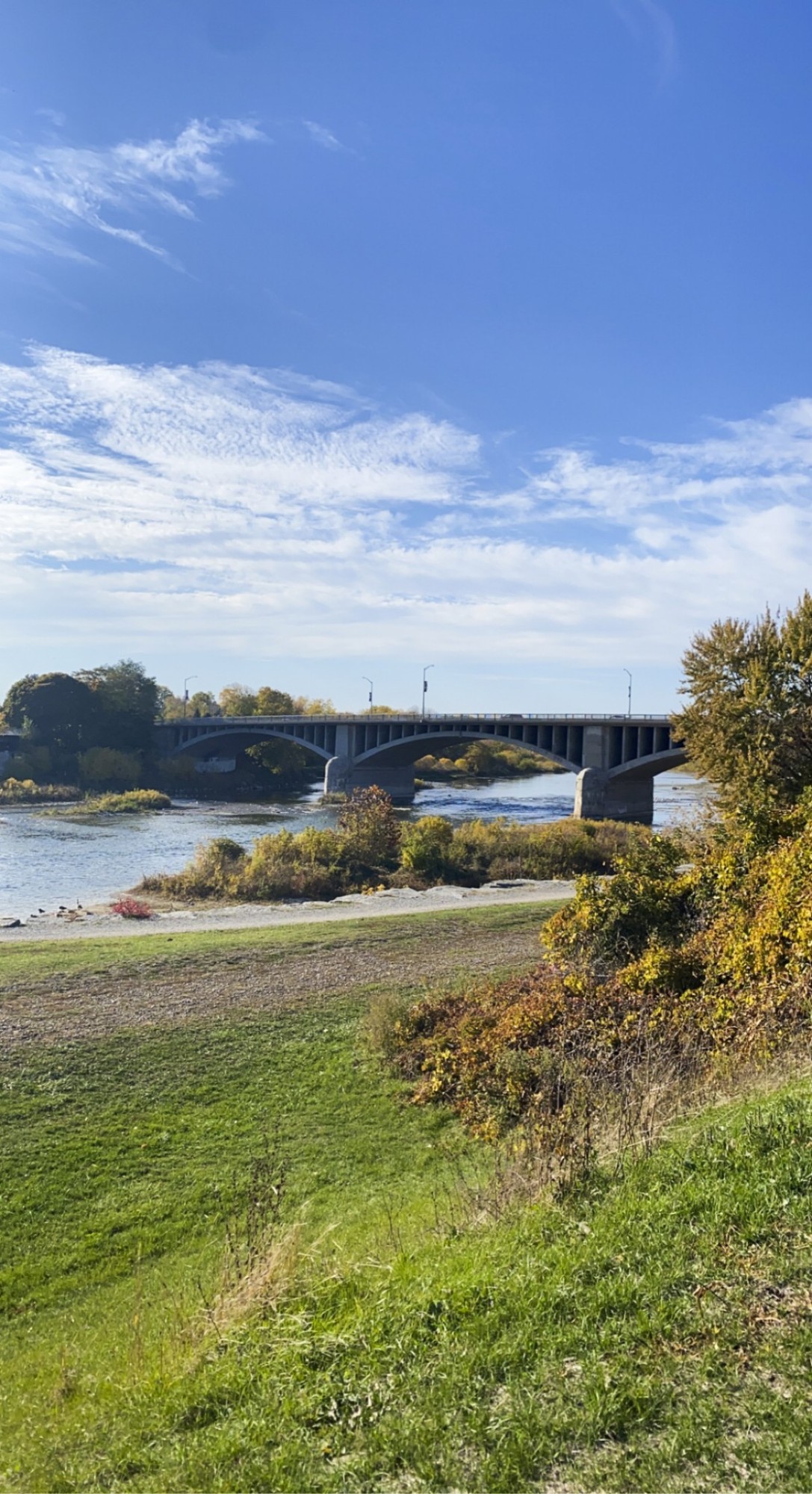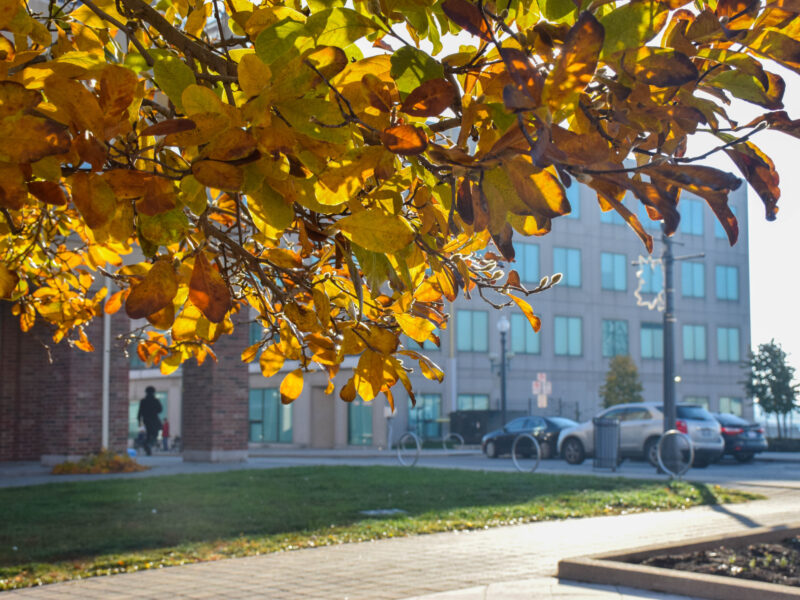Serena Anagbe / Photo Editor
The Grand River in Brantford.
Ryan Amato, chief of staff to Ontario’s housing minister resigned two weeks after the release of the highly anticipated Special Report on Changes to the Greenbelt.
Released Aug. 9 by the auditor general of Ontario, the report outlines several issues with the proposed changes and recommendations to fix them.
In December, the Ford government announced Bill 23, the More Homes Built Faster Act. It requires certain municipalities to commit to constructing the 1.5 million homes the government determined needs to be built to respond to the housing crisis.
In places like Pickering, Hamilton and Halton Region, some of the land selected for development was part of Ontario’s Greenbelt. It was found that Amato personally suggested 13 sites for removal from the Greenbelt, nine of which were brought to his attention by the land developers.
“Like many people, I thought, ‘Somebody’s going to make money off this. I wonder who?’” said Robert McLeman, a geography professor at Wilfrid Laurier University.
The report states that the owners of the land removed from the Greenbelt could see a total increase in land value of $8.3 billion.
On Sept. 14, 2022, Amato attended an event where he was approached by two developers who gave him packages with information about the removal of land from the Greenbelt. The report found that the developers who spoke to Amato at that event own 92 per cent of the land that was removed from the Greenbelt just a few months later.
Ontario’s world-renowned Greenbelt was established in 2005 with the passing of the Greenbelt Act, which aimed to permanently protect the province’s farmland and environmentally sensitive areas. It includes the Niagara Escarpment and the Oak Ridges Moraine, both of which were already protected.
Though neither of Laurier’s campuses are in regions where land is being removed from the Greenbelt, Waterloo, Brantford and the surrounding areas may still be impacted by it, said Kevin Thomason, vice- chair of the Grand River Environmental Network.
The Greenbelt is important not only for land protection, but also for water.
“If we were to pave over all of that land that’s in the Greenbelt right now, there would be regular flooding,” said McLeman. “It’s like a sponge out there.”
Places like Waterloo and Guelph are reliant on groundwater for drinking.
“We have forests, fields and countryside on top of that water, it’s protected,” he said. “But when we pave over that land and put factories, shopping malls, homes and so on, the risk of contamination goes up.”
And contamination can’t be undone, said McLeman, referring to the township of Elmira, where the groundwater is no longer drinkable.
When the Greenbelt Act was passed, it was expected that it would later be expanded to include places like Waterloo Region and Simcoe County, said Thomason. That didn’t happen, so regional protections were put in place instead.
“It’s not an accident that you know the minute you’re back in Waterloo Region,” said Thomason. “It’s all a result of great planning.”
Thomason encourages Laurier students to take this issue seriously and let their voices be heard by contacting their MPP, showing up to rallies and voting.
“Students need to be speaking up more than anyone because you guys are the ones who are going to be paying the price,” he said. “If you’re not willing to exercise and speak up for the future you want to see, you’re going to get the future that somebody else wants.”
As of Aug. 23, the RCMP is assessing whether further investigation is required into the matter. To read the Auditor General’s full report visit auditor.on.ca.
This article was originally published in print Volume 23, Issue 1 on Thursday, Aug. 31.




